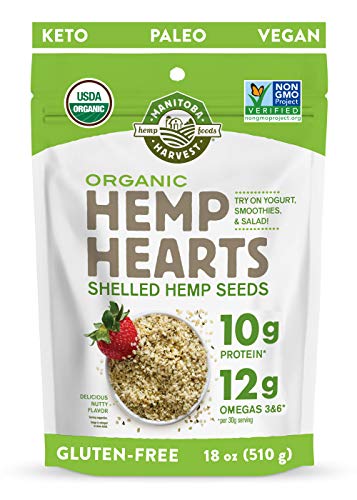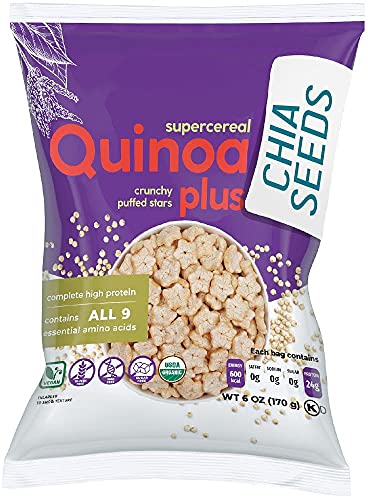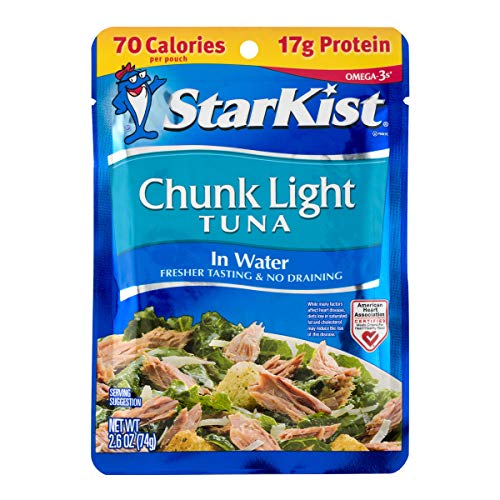Understanding Autoimmune Atrophic Gastritis and Its Impact on Health
When writing this article, I tried to find whimsical ways to transition into the topic. Of course, I turned to Google and began searching for “common things that attack themselves.” What I was not expecting was for that search to cultivate topic after topic of autoimmune diseases. This is exactly what this article is covering. Well, specifically, we are talking about autoimmune atrophic gastritis, which you will find is well-defined by my simple Google search about things attacking themselves.
Throughout this article, we will discuss what this autoimmune disease is, what area of the body it specifically attacks, what results from it, and what symptoms look like. Since this is a nutrition-focused topic, I will also dive into the nutritional challenges and what you can do to counteract some deficiencies. I intend to help you understand, in fuller detail, what this disease is, how to recognize it, and what lifestyle changes you can make to counteract the outcomes.
What is Autoimmune Atrophic Gastritis?
So, what is this autoimmune atrophic gastritis? It is an inherited autoimmune disease that attacks specific cells, such as parietal cells. Parietal cells are the largest cells in the stomach’s gastric glands. They are responsible for secreting hydrochloric acid and intrinsic factor. Without these cells, the results are hypochlorhydria (low or no hydrochloric acid secretions) and decreased intrinsic factor production (what is needed to absorb vitamin B12). Because of this, individuals may experience side effects that include atrophic gastritis, B12 malabsorption, and Iron Deficiency Anemia.
Symptoms of Autoimmune vs. Environmental Atrophic Gastritis
Now, you may have also heard of a similar disease known as environmental atrophic gastritis. This differs from the autoimmune version in a few ways. This is generally found in the Asian or Hispanic population who have years of chronic inflammation, specifically from H. Pylori bacteria, and consume a high-salt diet and smoke. Again, this is a chronic disease meaning it has taken years of the H. Pylori bacteria disrupting the stomach lining and the mucus no longer protecting cells that line your stomach.
The population at higher risk of getting Autoimmune atrophic gastritis are females who are of African American or Northern European descent. There is often a family history of having this autoimmune disease, there is a genetic mutation which causes this, or other autoimmune diseases are present. That is the unfortunate thing with autoimmune diseases as there are often more than one present. Symptoms of Autoimmune Atrophic Gastritis are actually symptoms that present from the deficiencies it causes (Iron and B-12). These present as anemia and/or nerve damage/neurological side effects.

Nutrition Challenges of Atrophic Gastritis: Optimizing Your Diet
As previously mentioned the two big nutrition challenges one must face with autoimmune atrophic gastritis is Vitamin B12 malabsorption and Iron deficiency anemia. Starting with Vitamin B12, we must take a step or two back to when we learned about the parietal cells. Intrinsic factor was mentioned as one of the things secreted by these cells. Intrinsic factor is a glycoprotein (a biological structure that has a wide range of functions including cell response, immune activations, and target neutralizing agents for antibodies) that is crucial for the transport and absorption of Vitamin B12. Without adequate B12 the body can experience effects that range from hematological (blood related), neurological, and in some instances, lethal cardiovascular disease.
Making sure you have good dietary sources as well as supplementation of B12 is vital. Consuming a diet rich in animal products such as Beef, chicken, turkey, eggs, fish, seafood, diary, etc. can help ensure you are getting good sources of Vitamin B12. Many may have to consider taking a B12 supplement or getting B12 injections as it can be found in more concentrated doses than what can be consumed from diet.
Iron deficiency anemia is another potential nutrition challenge with autoimmune atrophic gastritis. Because of the lack of parietal cells, stomach acid is not secreted. This is a huge problem when it comes to iron absorption. To “extract” iron from food sources the stomach must have a low pH, or a high acid environment which makes iron soluble. Chelation (bonding of two or more separate bonds) also takes place in an acidic environment. This process allows iron (in ferric salt form) to bond to ascorbate (Vitamin C) which keeps it soluble and improves absorption in the small intestine, which is a far less acidic environment.
Dietary sources of Iron look a lot like Vitamin B12, as they are mostly animal sources. Essentially, iron comes from “heme” or blood, so anything that we consume that was once alive, had blood or heme running through it therefore it is a good source of Iron. Unlike B12, though, you can find iron in some plant sources as well. Plants and grains can also have Iron in the “non-heme” form, meaning there was never blood running through it. The Iron found in plants and grains has come from the soil in which it was grown, or it was fortified by the manufacturer. Either way, animal or plant, heme or non-heme, fortified or naturally occurring; all food sources that contain Iron are good sources.
Dietary Strategies for Living with Atrophic Gastritis
When diagnosed with atrophic gastritis make sure you are focusing on eating easily digestible foods. Pay attention to the foods that can trigger GI upset, determine if there is a trend every time you eat those foods and if so avoid them. Aim for eating lean proteins, cooked vegetables, and whole grains that are cooked or broken down to a less fibrous form. Other nutrition strategies include avoiding spicy or acidic foods as well as monitoring any seasonings or sauces that may be triggering.
Supplementing with Vitamin D and Calcium is a must as these vitamins and minerals are also impacted by reduced acid production therefore deficiencies will manifest as well. This will impact bone health and long-term wellbeing. Getting a head start on adding these to your dietary regimen will help prevent negative impacts later in life. If you are living with autoimmune atrophic gastritis and have any other helpful tips or tricks, please leave a comment below and help others in our community.
- Al-Awami, H. M., Raja, A., & Soos, M. P. (2023). Physiology, gastric intrinsic factor. In StatPearls [Internet]. StatPearls Publishing. https://www.ncbi.nlm.nih.gov/books/NBK546655/
- Atrophic gastritis: Symptoms, treatment, Diet & Definition. Cleveland Clinic. (2024, July 12). https://my.clevelandclinic.org/health/diseases/24217-atrophic-gastritis
- Roberts, R. (2023, July 8). An introduction to glycoproteins. The Scientist Magazine®. https://www.the-scientist.com/an-introduction-to-glycoproteins-71221
- Wax P. M. (2013). Current use of chelation in American health care. Journal of medical toxicology : official journal of the American College of Medical Toxicology, 9(4), 303–307. https://doi.org/10.1007/s13181-013-0347-2























Comments
Ludmila Feigelson
06/06/2025 at 12:38 PM
I was just diagnosed with an atrophic gastritis so I feel overwhelmed. Would like some more details on certain foods. Please advise where I can find that information. Thank you.
Karen Vatral
05/19/2025 at 09:34 AM
I was diagnosed with autoimmune atrophic gastritis about 3 years ago. I receive monthly B12 injections at my GI doctor’s office. I take several dietary supplements including calcium with vitamin D. (I also have hypothyroidism.) However, I recently read that certain forms of calcium are absorbed easier (calcium citrate as opposed to calcium carbonate)??
Two months ago I began seeing a registered dietician for help with trigger foods. (I also have IBS.)
I am very interested in any other nutritional suggestions and any research being done regarding AAG.
Thank you for the article.
Join The Conversation...